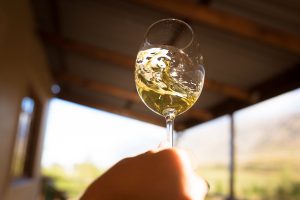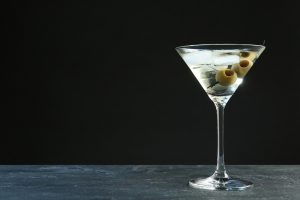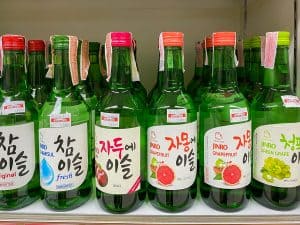
In the culinary world, dumplings are present in almost every culture on earth. It is an equalizer that shows us all have more in common than what sets us apart.
In the liquor world, licorice, derived from the licorice root or anise, is the same.
Most liquor with a licorice taste derives it from aniseed or star anise. There are only two that use licorice root, and they are Koskenkorva Salmiakki Vodka from Finland and Pastis from France.
First, we’ll go a bit scientific and briefly look at the chemical compounds that cause the licorice taste and aroma in licorice root. Then, the fun begins! We’ll delve into the different spirits that taste like black licorice.
What Causes the Licorice Taste?
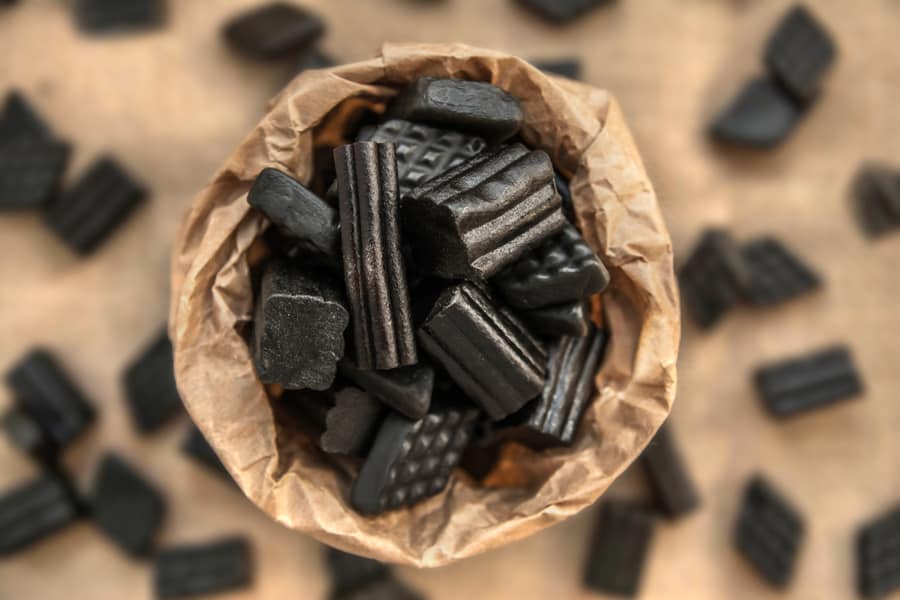
Humans have known licorice for a long time—Egyptian hieroglyphs even describe licorice roots used for medicinal purposes. Licorice is derived from the root of the licorice plant. Licorice is a root belonging to the bean, or legume, family.
Glycyrrhizin is an acid found in licorice extract extracted from the root. According to experts, Glycyrrhizin is 50 times sweeter than sugar!
Anise and licorice have similar flavors and aromas but differ in taste. Anise is spicy and sweet, while licorice is bitter, salty, or sour. Both have anethole, an organic flavoring component, which smells similar. Anethole may also be found in star anise and fennel, which both have licorice(-ish) flavors.
Now that we know where the taste comes from, let’s dive into the fun part—the liquors that taste like licorice!
What Liquor Tastes Like Black Licorice?
Instead of just offering you a listicle running from A to Z, or a numbered list counting the options down, we’ve decided to break it down into different countries to show you how most nations have licorice-flavored liquor.
Admittedly, we’ve listed the countries alphabetically to maintain at least some order.
Armenia

Oghi
Oghi, often known as Armenian vodka, is a potent Armenian liquor produced from different fruits and berries. Traditionally, the drink is made as a local moonshine type, with numerous households distilling their versions from various available fruits.
With more than 50% ABV, louching is unquestionably required for this Armenian aniseed-flavored spirit.
Homemade versions of oghi, like arak in Lebanon, are simple since people with the know-how will scavenge native berries and other ingredients to produce this fruit-based distillate. Commercial brands, such as Artsakh and Ijevan, do exist.
Oghi is commonly offered in tiny shot glasses for breakfast or to complement heavy Armenian cuisine.
Colombia
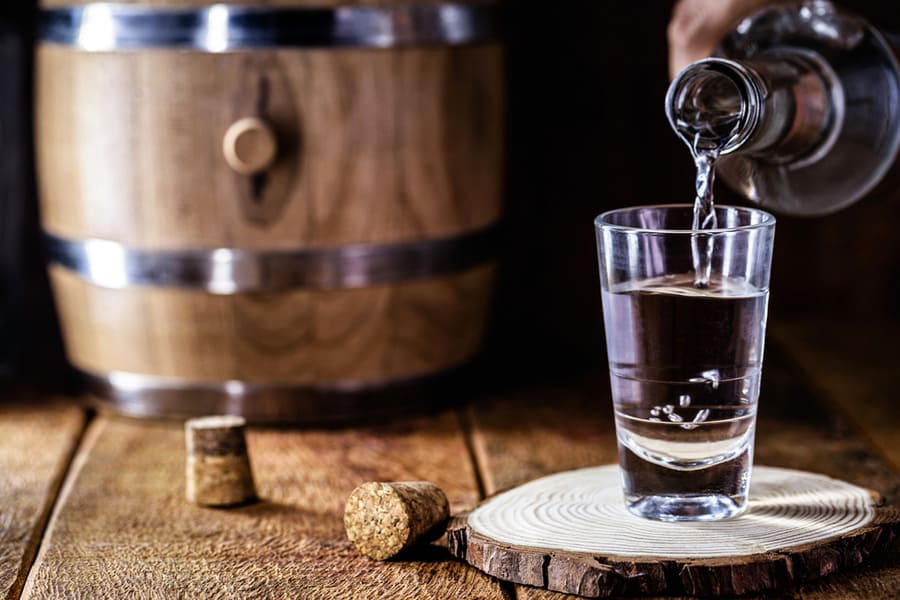
Aguardiente
Aguardiente loosely translates to ‘fire water’ and is the national drink of Colombia. The primary flavor is black licorice because of the star anise in it.
Although it is distilled from sugar cane, it is not sweet, so don’t be fooled and expect a sweet drink. It is typically drunk as a shot, followed by fruit or beer as a chaser.
It is practically blasphemy to drink it with a mixer.
Finland
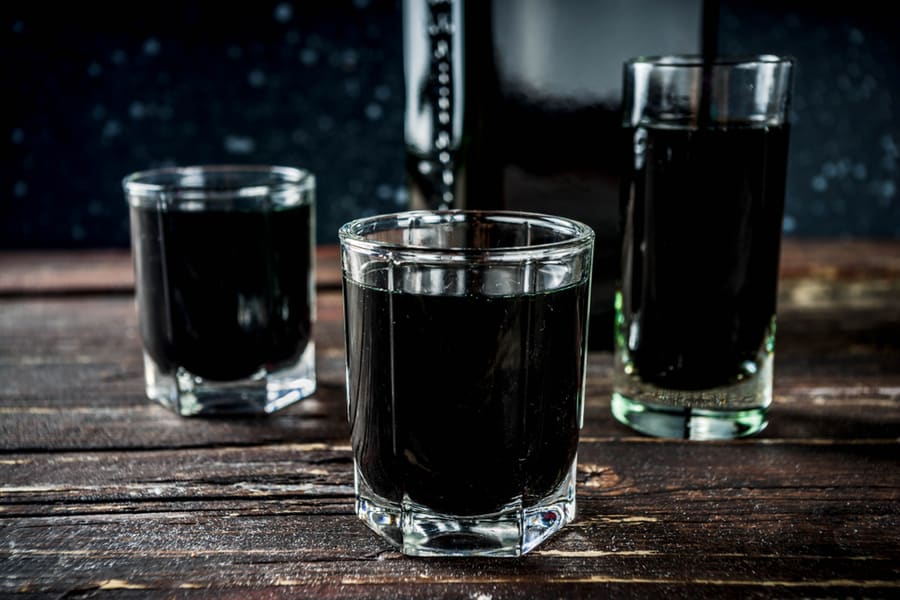
Salmiakki
Before the introduction of pre-mixed Salmiakki, it was typical for Finnish taverns to infuse vodka with Tyrkisk Peber licorice.
Koskenkorva Salmiakki, a government-owned retail beverages monopoly, was created in response to the drink’s popularity among younger consumers.
The highly salty mineral Salmiak (ammonium chloride, an edible salt) gives the Koskenkorva Salmiakki Vodka a robust licorice flavor, similar to Sambuca.
It’s best to sip the delectable Koskenkorva Salmiakki Vodka straight, on the rocks, or as a shot.
France
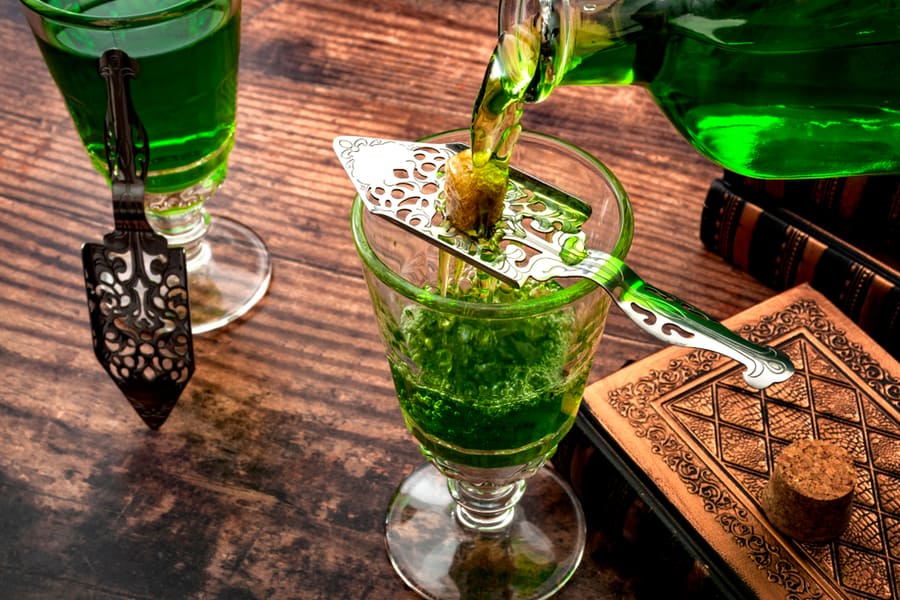
The French have quite a few options for liquor with a black licorice taste, so let’s investigate them.
Absinthe
The dominant flavor is anise, absinthe is complex and tastes herbaceous, but the licorice flavor is there. Here’s a guide to absinthe to suit every taste and budget.
Anisette
Anisette is easy to confuse with the Pastis of Pernod, but it’s a liqueur. Compared to pastis, which may have an ABV of 40% to 45%, anisette has a milder flavor, coming in at a modest 25% ABV.
Anisette is sweeter and employs aniseed in the distilling process rather than a maceration. Marie Brizard is one of the most well-known and easily accessible brands of this aniseed-flavored liqueur.
Pastis
Pastis, France’s national café staple, is a liqueur (sweetened with sugar) created by macerating aniseed or star anise with licorice root—rather than distilling them, as other anise-centric spirits do.
Other herbs are also added depending on the brand. In the early twentieth century, Ricard was the first, closely followed by Pernod (Pastis merged with Pernod).
Pernod
Pernod was created in 1920 after absinthe was banned in 1915. It is made using herbs and botanicals such as star anise and fennel. The anise or black licorice flavor is reasonably intense.
However, others believe it is less potent than comparable liqueurs such as absinthe and pastis. The business Pernod Ricard manufactures and distributes it.
Greece
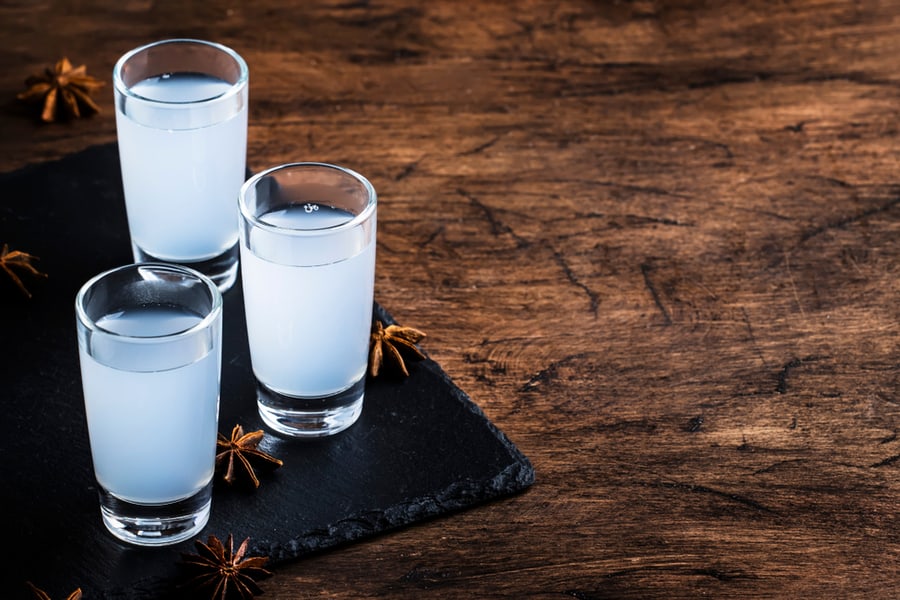
Three products stand out in Greece: Mastika, Ouzo, and Tsipouro.
Mastika
Mastika is renowned for what its name implies mastic, a tree resin extracted from the evergreen Pistacia plant. Still, aniseed plays an equally important role in the flavor profile.
Mastika (also mastiha or masticha) is a shrub native to the Greek island of Chio.
The plant’s resin is supposed to be the origin of chewing gum. (The Greek term mastika means “to chew.”)
Ouzo
Ouzo is a grape-based distillate (but grain can also be used) that is redistilled with aniseed, giving it its unique fennel and licorice flavor. Look for high-quality bottles from names such as Verino.
Tsipouro
Tsipouro has quite a kick (up to 45% ABV) and is generally distilled from grape pomace, similar to grappa in Italy.
While there is an unflavored variant, there is also a popular anise-flavored variation, which can include clove, fennel, or nutmeg. It is served to welcome guests and to accompany meze.
Hungary
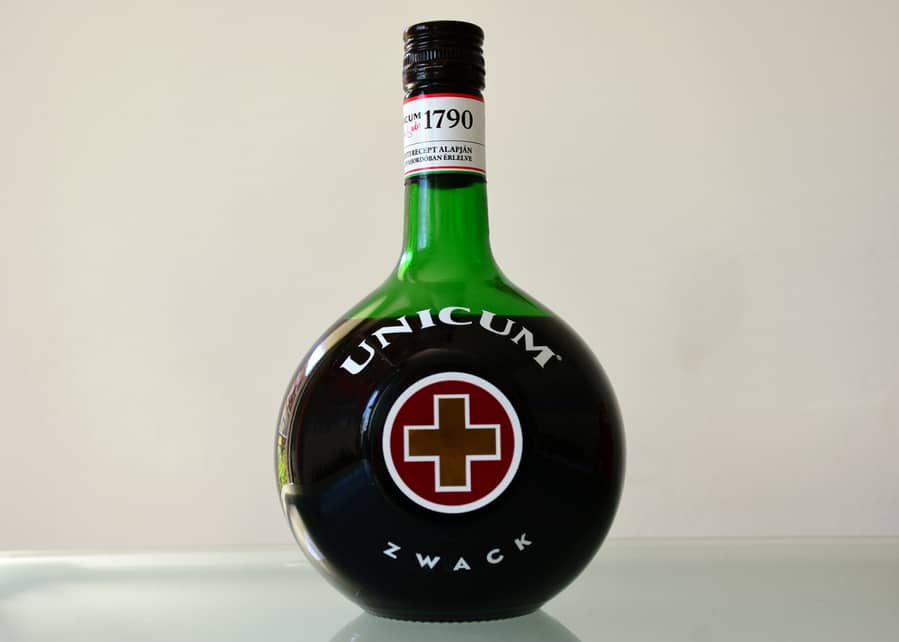
Unicum
Unicum consists of 40 herbs, aniseed lending a licorice flavor to the digestif and aperitif liqueur. It was invented in 1790 and is still prepared today by the Zwack family using a secret recipe; the drink is aged in oak barrels.
Péter Zwack returned to Hungary when the iron curtain fell and began manufacturing the original Unicum.
Italy

Apart from Sambuca, Amaro Nonino also has a licorice taste.
Sambuca
Add a shot of Sambuca in your corto espresso, and you’ll be sipping one of Italy’s classic postmeal soothers.
While other anise-flavored Italian liqueurs (notably anicione, sassolino, anisette, and mistra), Sambuca is by far the most well-known outside of Italy for its super-sweet herby flavor derived from star anise, dill extract, and elderflower.
It has an alcohol concentration of roughly 38%.
Amaro Nonino
Amaro Nonino Quintessentia is an Italian amaro or bitter liqueur. It’s prepared from grappa and infused with herbs, fruits, and botanicals.
Mexico

Xtabentun
The origins of this Mexican liqueur’s name are the most romantic of all anise spirits. It derives its name from the flower from which bees collect nectar for honey, which serves as the fermentable sugar for the alcohol and is combined with rum and aniseed.
Xtabentun (ish-ta-ben-TOON) is incredibly sweet; thus, adding a mixer is better than drinking it neat.
Middle East—Israel and Lebanon
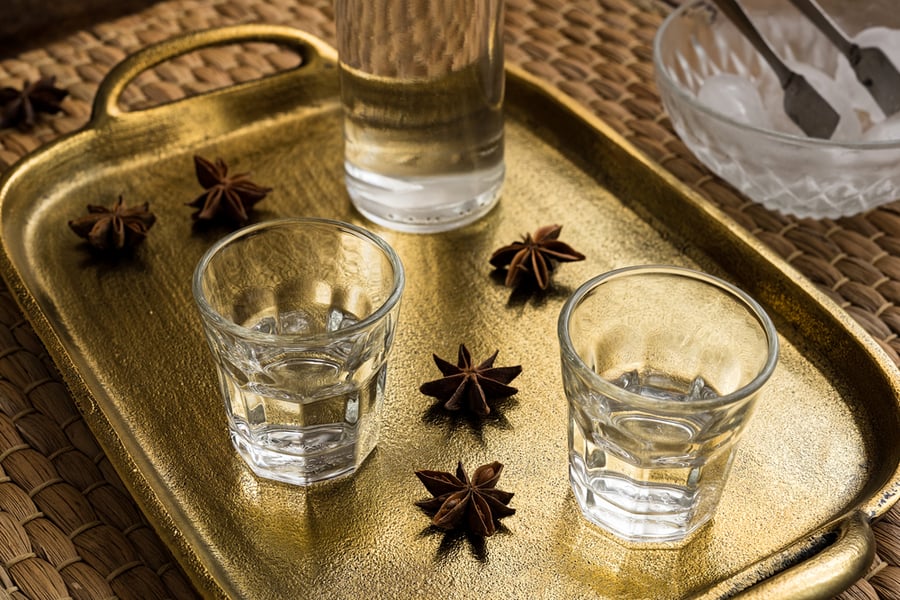
Arak
Arak is a clear, unsweetened, flavored alcohol widely available in Israel. It packs a punch from 40 to 120 proof.
Middle Eastern arak, similar to Greek ouzo, is typically blended with water and ice (which turns the arak into a milky tint) and served with appetizers.
Arak Masada, Arak Ashkelon, and Aluf Ha’arak are just a few Israeli brands.
The drink has a courteous quirk in Lebanon: you only use the same glass once. Due to the louche, the glass develops a thin film, so you’ll be presented with a clean glass with each pour.
Spain
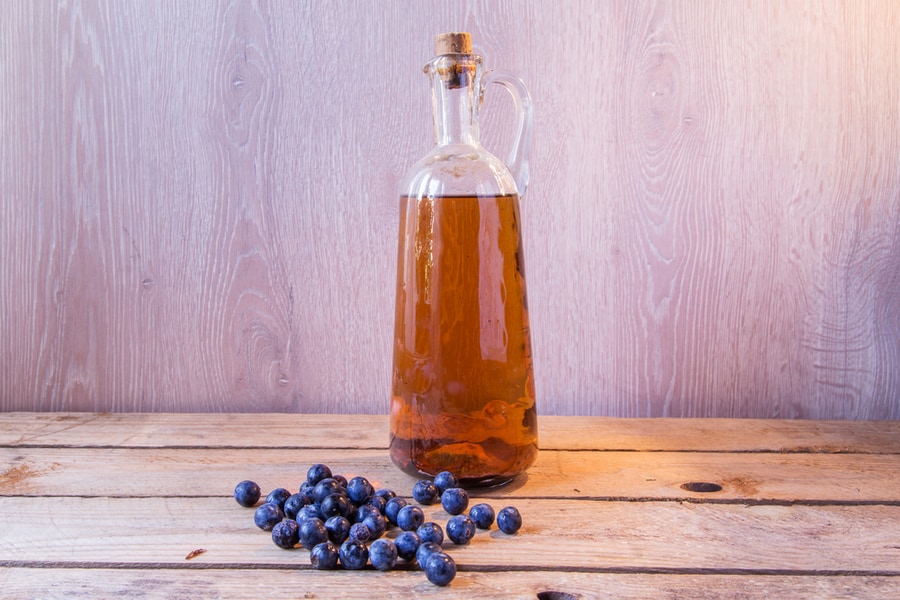
Chinchón
Chinchón, named after the region in Spain where it was created, contains green aniseed, which is macerated in wine before it is distilled to around 43% ABV.
Chinchón, which can be either sweet or dry, is a recognized and protected spirit. Only Seville anise can be used in its manufacturing, which has been done on a large scale since 1912.
Pacharán
Pacharán (also patxaran) hails from Galicia in northern Spain. The unique red color and prominent aroma come from sloe berries. The relatively low ABV (25%) won’t knock your breath away.
Still, the licorice taste will only present itself at the very end, lingering on your tongue like a freshly chewed anise seed—unless you chill or ice this sweet liqueur, in which case that herby, biting taste takes center stage.
Turkey
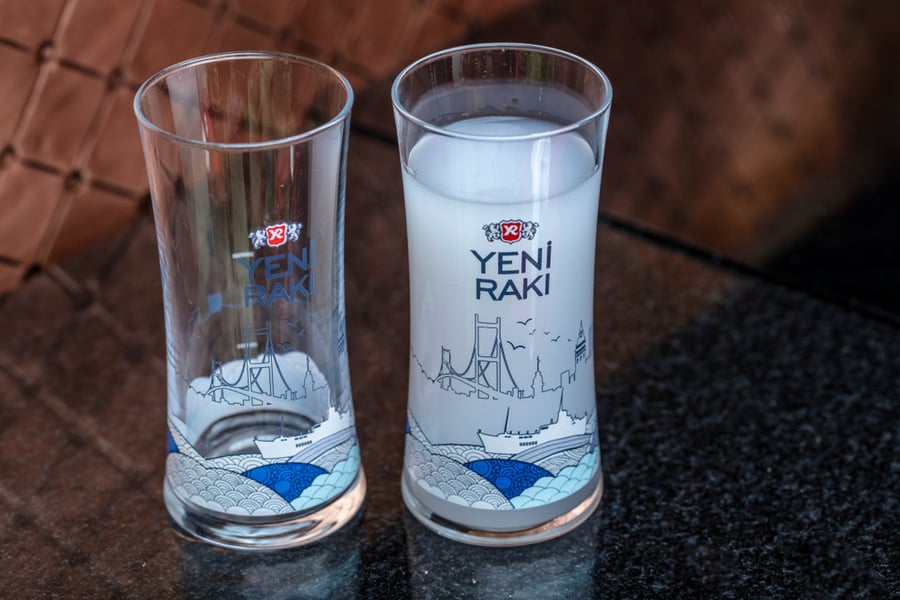
Raki
Turkey’s anise-flavored spirit, raki, is known as ‘lion’s milk’ because of its high ABV (about 45%) and its white, opaque look when cold water or ice is added.
Its primary alcohol is created from grapes that have been fresh or raisinated. Because of hefty spirits taxes in conservative Turkey, the vibrant bootleg booze business is alive and well and potentially hazardous.
Over the years, counterfeit raki containing an additional dose of methyl alcohol has caused disease and scores of fatalities in Turkey. You should go for a well-known brand, such as Tekirdag’s Gold Series, which has been experimenting with aging the spirit.
Conclusion
Science apart, as you can see, almost every nation has a version of liquor that tastes like black licorice.
Although only Finland and France use real licorice root in their liquor, star anise and aniseed share the same chemical properties as licorice root, which gives the liquor and liqueurs a distinct licorice taste.


